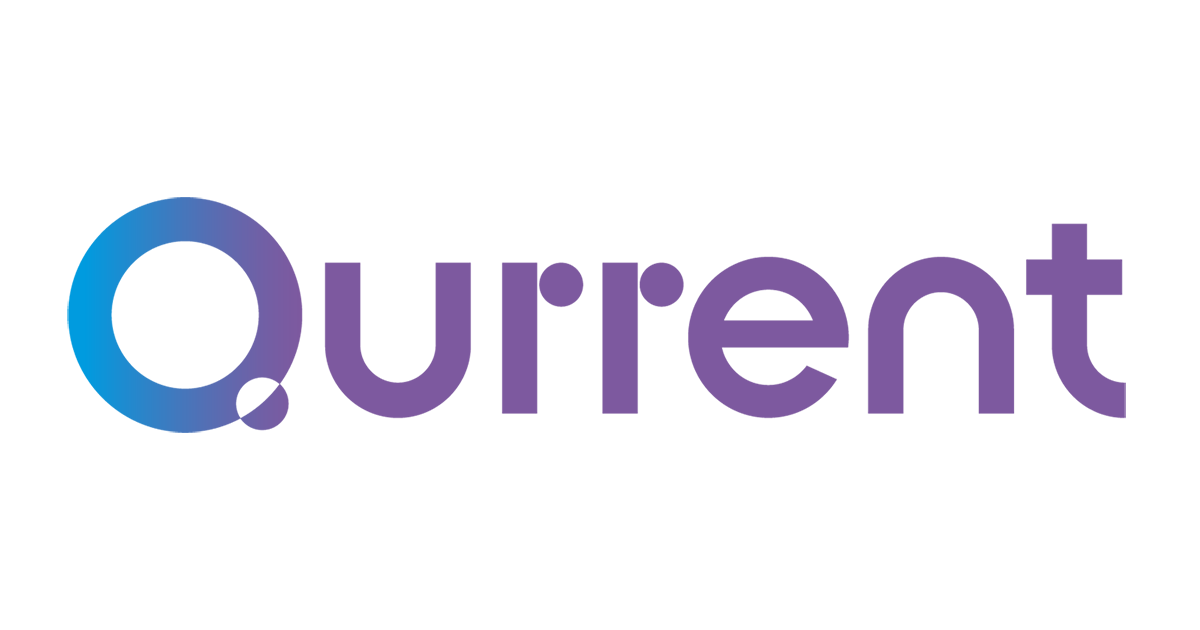Enterprises are undergoing a fundamental operational shift. The focus is moving beyond deploying single, isolated AI models to engineering interconnected, multi-agent AI workforces that execute complex, mission-critical business processes. This transition from single-agent systems to collaborative, multi-agent architectures is essential for tackling complex enterprise workflows, as noted by industry experts. However, this evolution exposes a critical weakness in today’s AI technology stack: observability.
The Observability Gap: Why Your AI Workforce is Flying Blind
As organizations scale from pilots to production, they discover that the tools used to build AI agents are not the right tools to manage them. The current generation of AI observability tools is built for developers. They focus on tracing and debugging individual agent behaviors and Large Language Model (LLM) calls—the ‘micro’ view. This is a necessary but incomplete picture.
This developer-centric approach creates a significant visibility gap. There is no insight into the end-to-end business process performance, cost, and decision-making of the entire AI workforce—the ‘macro’ view. Traditional monitoring approaches assume predictable software behavior, a premise that AI applications fundamentally break. Without a macro-level view, you can confirm that an individual agent is functioning, but you cannot confirm if the business outcome it contributes to was achieved efficiently, correctly, or at an acceptable cost.
For an enterprise, this gap turns scaling AI in critical operations into a high-risk endeavor. It leaves technical leaders without the data needed for true governance, control, and auditability—non-negotiable requirements for any system of record. This lack of oversight is a primary obstacle to achieving reliable, enterprise-grade AI deployments that deliver measurable value, a core principle of Qurrent’s approach.
Level 1 vs. Level 2: The Two Tiers of AI Observability
To close the observability gap, enterprise architects must think in two distinct tiers. Confusing these two levels is the most common mistake organizations make when operationalizing AI.
Level 1: Developer-First Observability This tier is focused on the technical health and performance of a single AI agent or model. Its purpose is debugging and performance tuning during development and troubleshooting in production. Key metrics are inherently technical: token latency, function call success rates, API error logs, and prompt/completion pairs. Many developer-focused tools excel at providing this ‘micro’ view, giving developers the granular data needed to build and fix individual agents. This level is about answering the question: “Is the agent working correctly?”
Level 2: Business-First Observability This tier is focused on the operational impact and business value of the entire AI workforce. Its purpose is to provide business and IT leaders with the insights needed to manage, scale, and optimize AI-driven operations. Key metrics are business-oriented: cost per process completed, adherence to service-level agreements (SLAs), and business outcome rates (e.g., invoices processed per hour, customer issues resolved). This level answers the question: “Is the AI workforce delivering the intended business results?”
An effective analogy is the difference between a mechanic and a fleet manager. The mechanic uses diagnostic tools to check a single truck’s engine (Level 1). The fleet manager uses a logistics platform to analyze the entire fleet’s on-time delivery percentage, fuel efficiency, and total operational cost (Level 2). Both are essential, but they solve for different needs at different scales.
A Blueprint for Enterprise AI Workforce Observability
Achieving Level 2 observability is not possible by simply aggregating Level 1 data. It requires a foundational platform designed to manage the entire system. This is the role of an AI Operating System, which provides the necessary structure for system-wide observability. A true enterprise blueprint consists of four essential components.
Component 1: Unified Orchestration To observe a complex system, you must first be able to control it. An AI Operating System acts as the central orchestrator for all agents, tasks, tool integrations, and data flows. By managing every action, it creates a single, immutable source of truth for all activity within the AI workforce. This centralized control is the prerequisite for any meaningful observability.
Component 2: Business Process Contextualization The OS must map low-level technical events (API calls, LLM inferences, database queries) to their specific role within a larger business process. It understands that a sequence of 50 technical actions constitutes one “invoice approval” or one “customer ticket resolution.” This contextualization is what transforms a stream of technical logs into a measurable business workflow, allowing for true process-level monitoring.
Component 3: Holistic Cost and Performance Attribution With business context, the system can attribute cost and performance to outcomes, not just actions. Instead of measuring the token cost of a single LLM call, it calculates the total cost (including compute, tokens, and tool usage) of one fully resolved customer ticket through an AI workforce like Qurrent Resolve. This is critical for measuring ROI, a noted challenge in AI projects [1], and for making informed decisions about resource allocation.
Component 4: Transparent and Auditable Decision Logs Enterprise-grade systems demand full auditability. The OS must provide a complete, human-readable audit trail of the AI workforce’s decision-making process for every outcome. This ensures the ‘full transparency’ required for compliance, governance, and stakeholder trust. As governance becomes central to AI strategy, having auditable logs is not just a feature but a core requirement for risk management, a point emphasized by legal and compliance experts [2].
The Qurrent Operating System: Observability in Action
This blueprint is the core design philosophy behind the Qurrent Operating System. We built our platform on the principle that enterprise AI requires business-first observability as a native capability, not an afterthought. The Qurrent OS is designed for business operations leaders and enterprise architects, providing the Level 2 insights needed to run critical processes with confidence.
Consider a real-world example with Qurrent’s Procure workforce. A Level 1 tool might show that an agent successfully called an API to check a vendor’s status. The Qurrent OS, however, monitors the entire end-to-end procurement cycle. It tracks compliance checks across multiple systems, measures the time from purchase request to final approval, and calculates the precise cost per approved purchase order. It provides a holistic view of the business process, not just the technical components.
This approach is what enables the measurable business outcomes seen in our work with clients like Pacaso and Second Life, where success is defined by improvements in core business metrics, not by agent uptime.
Checklist: Is Your AI Observability Strategy Enterprise-Ready?
Use this checklist to evaluate whether your current or planned observability strategy meets the requirements for enterprise-scale deployment.
- Can you measure the total LLM calls to complete business process automated by your AI workforce?
- Can you monitor your AI’s performance against business SLAs (e.g., ‘95% of support tickets resolved in under 5 minutes’)?
- Do you have a centralized, human-readable audit trail for every significant decision made by your AI agents?
- Does your monitoring system differentiate between a technical agent failure and a business process failure?
- Can you attribute performance and cost back to specific business units or processes?
If the answer to any of these questions is no, your observability strategy is likely confined to Level 1 and is not prepared for the demands of mission-critical operations.
Move Beyond Tracing to Achieve True Enterprise Control
Developer-focused tracing tools are essential for building and debugging individual AI agents. However, they are insufficient for running an enterprise-scale AI workforce where reliability, ROI, and auditability are paramount.
True scalability and control are only possible with a business-first, Level 2 observability framework. This level of insight cannot be bolted on; it must be architected into the foundation of your AI stack. This is the fundamental role of a comprehensive platform like the Qurrent Operating System, which provides the control tower needed to manage complex AI workforces and deliver guaranteed business outcomes.




